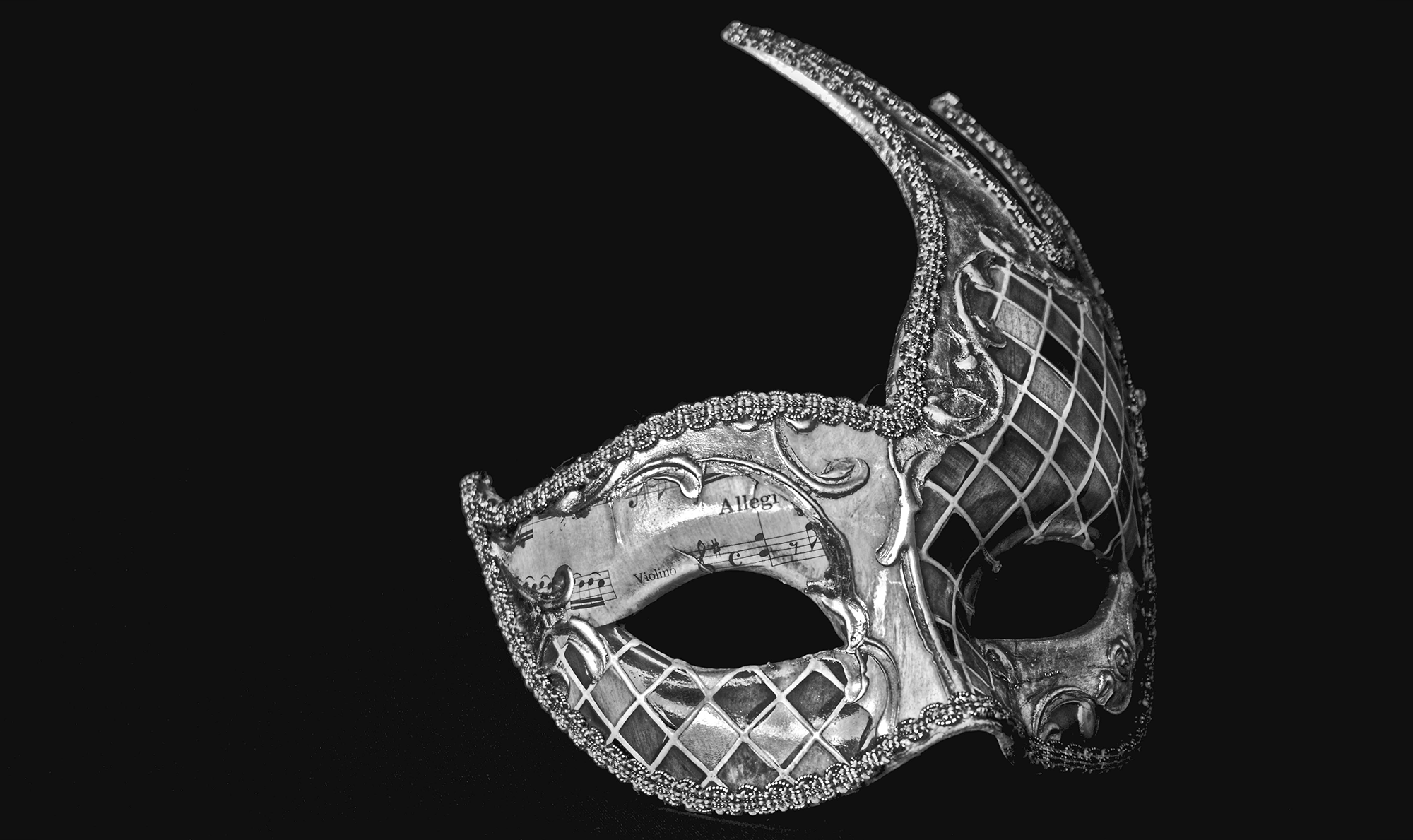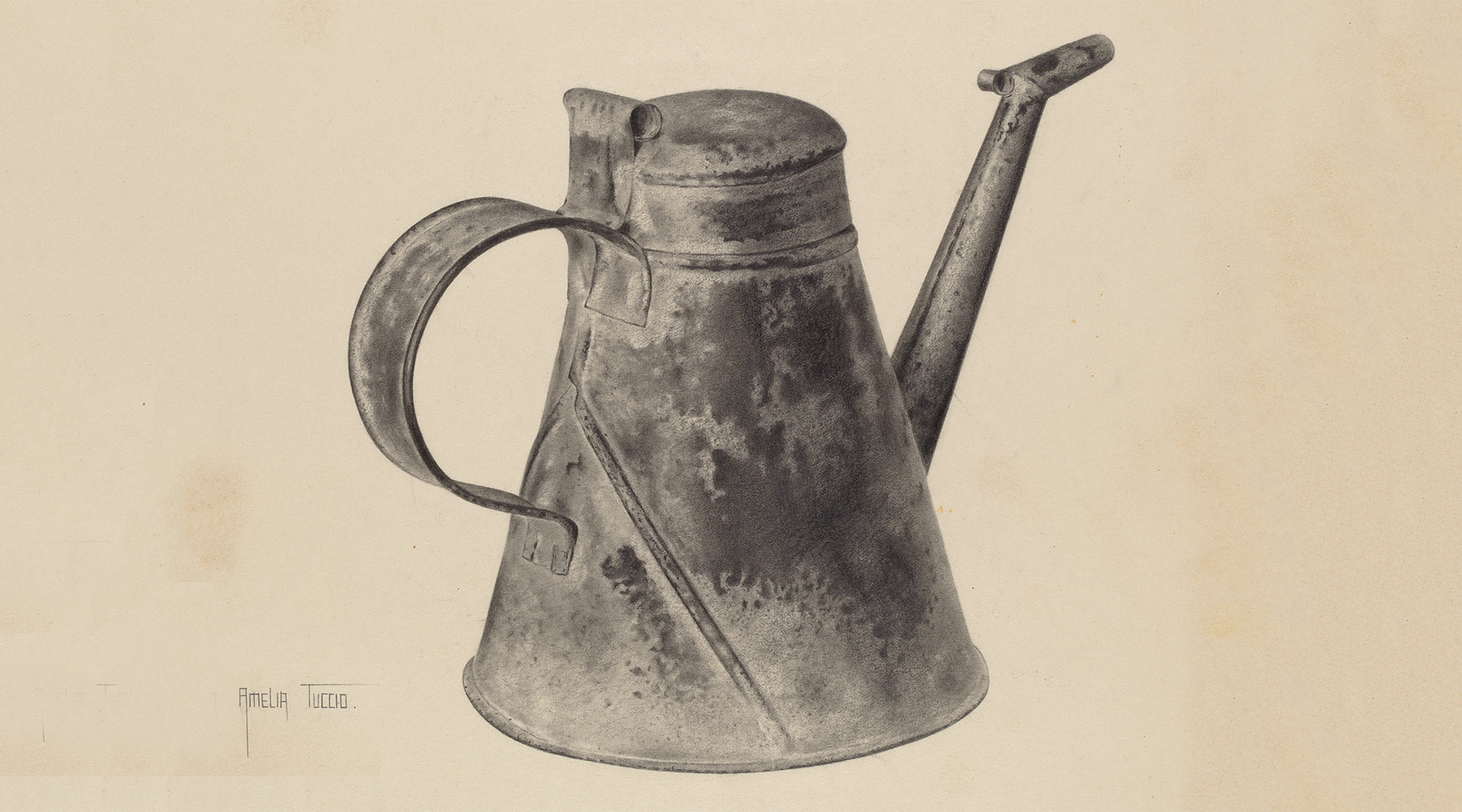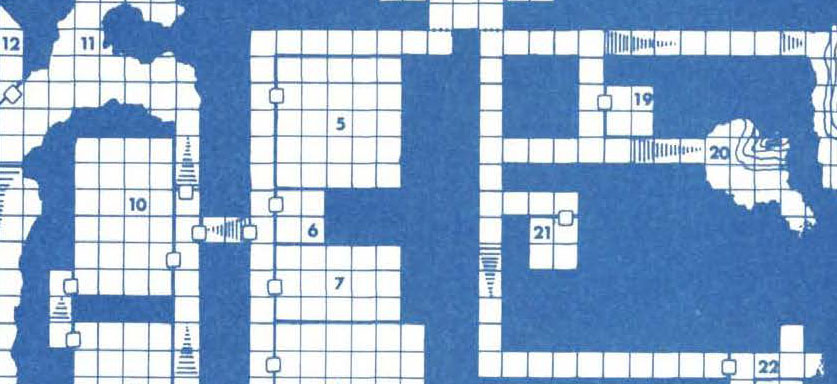KITTISOTH KA’ITER
(Created by Heather Burmeister)
My mother was the wife of a fisherman on the main Pirate Isle. She became worried when he hadn’t come home as expected from what was supposed to be a routine trip out to sea. She tried to make a pact with a devil in the hopes that it would ensure his safe return, but it went horribly wrong. The end result was her giving birth to me.
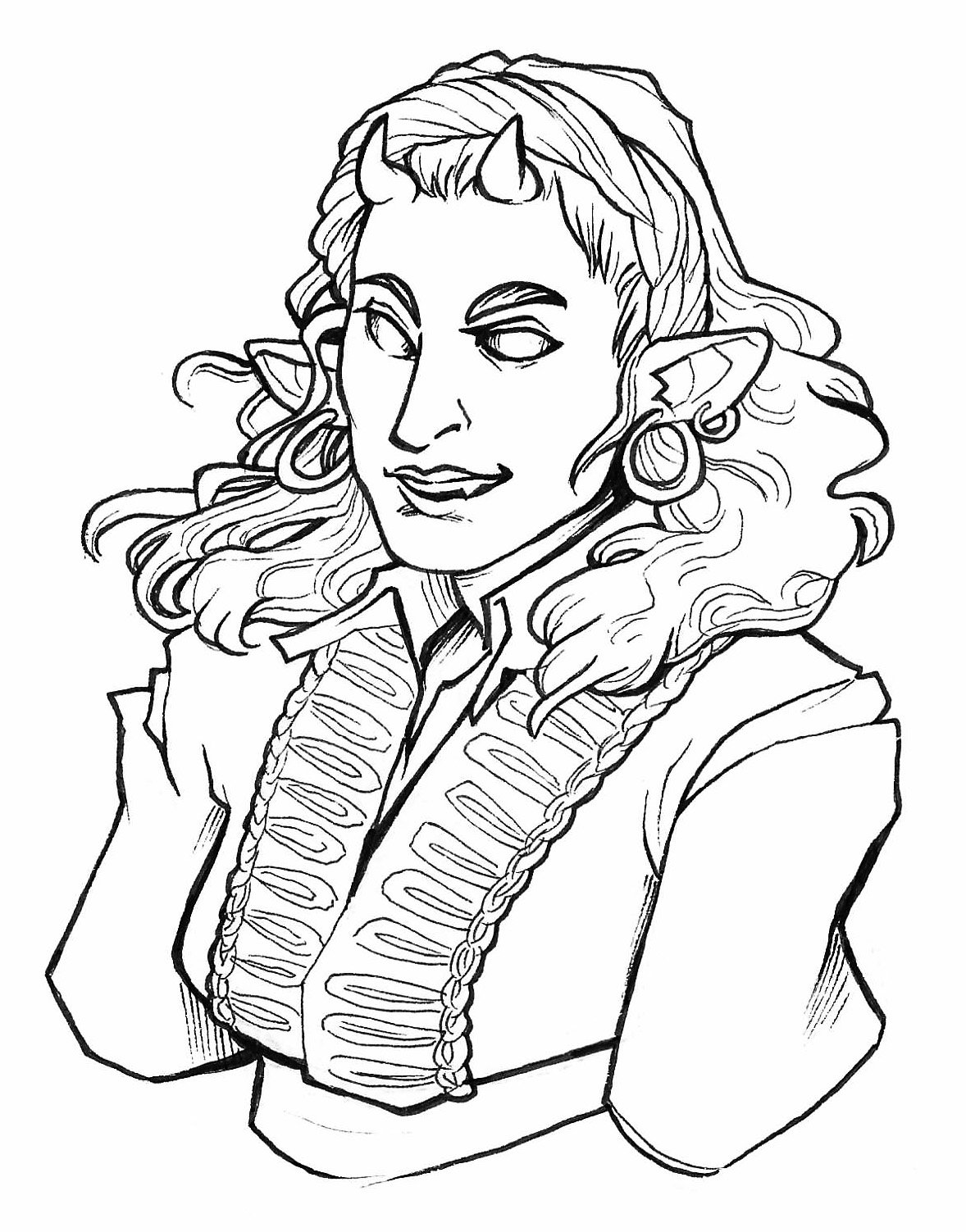 She tried to raise me the best that she could, I guess, but most of what I remember is her desperately trying to make me look like a normal child by hiding my leathery bat-wings or crying. It wasn’t long before she disappeared entirely, leaving me to fend for myself.
She tried to raise me the best that she could, I guess, but most of what I remember is her desperately trying to make me look like a normal child by hiding my leathery bat-wings or crying. It wasn’t long before she disappeared entirely, leaving me to fend for myself.
The Pirate Isles are rife with underling children who have lost parents – either on great pirate raids or to great leviathans of the deep or simply to sad, lonely circumstance. I fell in with a group of street urchin kids who took care of each other and learned how to defend my odd looks with brute force. My group of k ids would make a little cash here and there by running errands or little missions for the pirate gangs when they’d dock.
When I was around fifteen (I’m not one-hundred percent sure what my birthday is), one of the pirate gangs tasked my group with stealing a compass imbued with magical properties from a well-known captain named Iriqoth Ka’iter. It was supposed to be an easy job, but grace, stealth, and patience were never my strong points. I botched the mission by panicking when I couldn’t get the lock on the chest open, trying to brute force said lock by kicking said chest over and over again, and trying to fight the crew when they inevitably found the source of the commotion. I was brought to Iriquoth by the crew so that he could decide what was to be done with me. Being devil-born himself, he took a shine to me immediately. He became me weird pirate captain dad, but insisted I work my way up from the bottom ranks if I was to take his place someday.
That day would never come.
After I’d been sailing for a few years and was just starting to take on the responsibilities of first mate, we were boarded in the middle of the night by a legendary pirate vessel, captained by none other than the Quiet Captain, Kip Braddock. Braddock and Iriqoth had long been at odds, but Iriqoth never took the threat seriously. Kip took the ship, killed my father, and took over the crew. Some day he’ll pay for what he’s done.
Shortly after, we came across a new piggy (that’s what we called merchant ships sailing low in the waves). The merchant watchmen – who turned out to be Pashar – had fallen asleep on duty, so we were onboard before they knew what was happening. It looked like the easiest piggy we’d ever taken. But when Kip started killing the crew (including Pashar’s father) so he could take the ship as a prize vessel, Pashar’s mother started fighting back. We eventually managed to take her prisoner, but she’d heavily damaged our ship. So we set sail on the littly piggy ship.
Pashar, though completely impractical and ridiculous, is a wonder. He can tell me the names of very devil, and has been trying to help me find out what sort of devil-spawn I might be. He also doesn’t seem to know when I’m making fun of him, which is a riot for me. He also has an indomitable good nature, which is rare on the high seas. We’re an unlikely pair, but I think he’s my first “friend”… whatever that means. I protected him and his mother from the rougher members of the crew and also offered to accompany him ashore when Kip came up with the idea of ransoming him and his mother for money for a new ship. I’m also hoping that the journey will give me time to plan my revenge.
CREATING KITTI
Heather’s central concept was “tiefling pirate.” Everything else more or less filled in around this central conceit. In Part 2, we looked at how the decision to link her maritime background to Pashar’s had a major effect on shaping the details of Pashar’s background. As we wrapped up our character creation session, however, Kittisoth largely remained a cluster of large concepts. There were a few idea floating around (like “devil-spawn pirate daddy”), but they hadn’t really been nailed down. So Heather developed a lot of these details by writing her background between sessions.
You might also note that, unlike Edana and Pashar, Heather chose to write her character background in the first person. There was a brief period when I was a youngling when I wanted consistency in this sort of thing across the characters in a campaign, and an even longer period when I thought that this choice was somehow reflective of what a player valued or was focused on in their play.
These days I don’t really think there’s a meaningful distinction. There’s obviously differences between first and third person and how they can be used, but I haven’t found that it reflects much beyond the document itself if at all. (There might be a slight bias towards first person being better for developing the voice of your characters, but even that’s not consistent: Talking at the table is very different from writing at your desk, and what you learn from one may or may not be applicable to the other. And, similarly third person might be slightly better at developing lore outside of your PC due to its objectivity, but not significantly so in the long run.)
With all that being said, one of the reasons I like having the characters actually write something up away from the table – even if it’s just a few sentences – is that exploring character through written fiction is a different way of engaging with your character, and you will find stuff (and develop stuff) that you wouldn’t necessarily find at the table. It’s the most elementary form of bluebooking, and also an excellent medium for thoughtful collaboration.
PUBLIC INTEGRATION: Heather was not the least knowledgeable player at the table when it came to the Forgotten Realms, but her exposure was limited to a handful of novels she had read when she was a teenager.
I’d made a point of putting a map of Faerûn on the wall and, when she suggested a pirate, I was able to point out the Pirate Isles. The Sea of Fallen Stars immediately captured her imagination and she was able to roll forward from that.
PRIVATE INTEGRATION: Much like her friend Pashar, Kittisoth was going to be a newcomer to Waterdeep, so there wasn’t much to tie her into the extant elements of Dragon Heist. I did, actually, offer Luskan as an option if she was looking for a port that her pirates could be sailing out of (in which case there would have been some obvious hooks with Jarlaxle), but the Pirate Isles were just more interesting for her.
BRINGING THE PARTY TOGETHER: I’ve already described most of the initial work here, as it was done in collaboration with Peter/Pashar. Because of this connection, however, as Heather was writing up the details of Kittisoth’s background, she also made a point of prepping a short cheat sheet of details that were also pertinent to Pashar’s background. (This includes stuff like the name of the pirate captain who’d killed Pashar’s father and ransoming his mother.)
This is obviously a good technique for making sure intersecting continuity gets sorted correctly, but it can also be a “sneaky” trick for getting players to collaborate not just with you, but also with their fellow players between sessions.

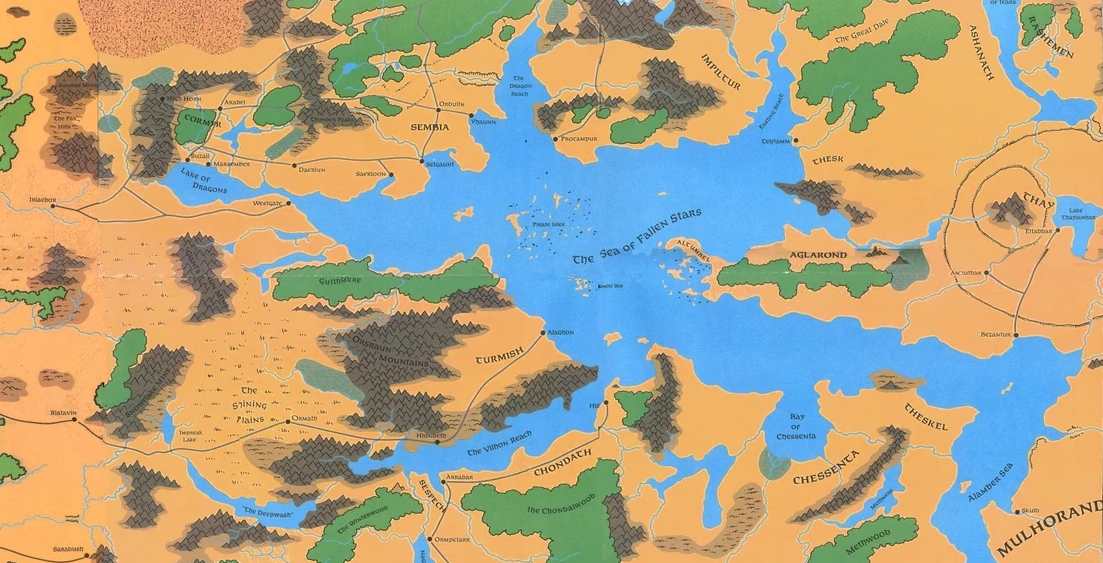
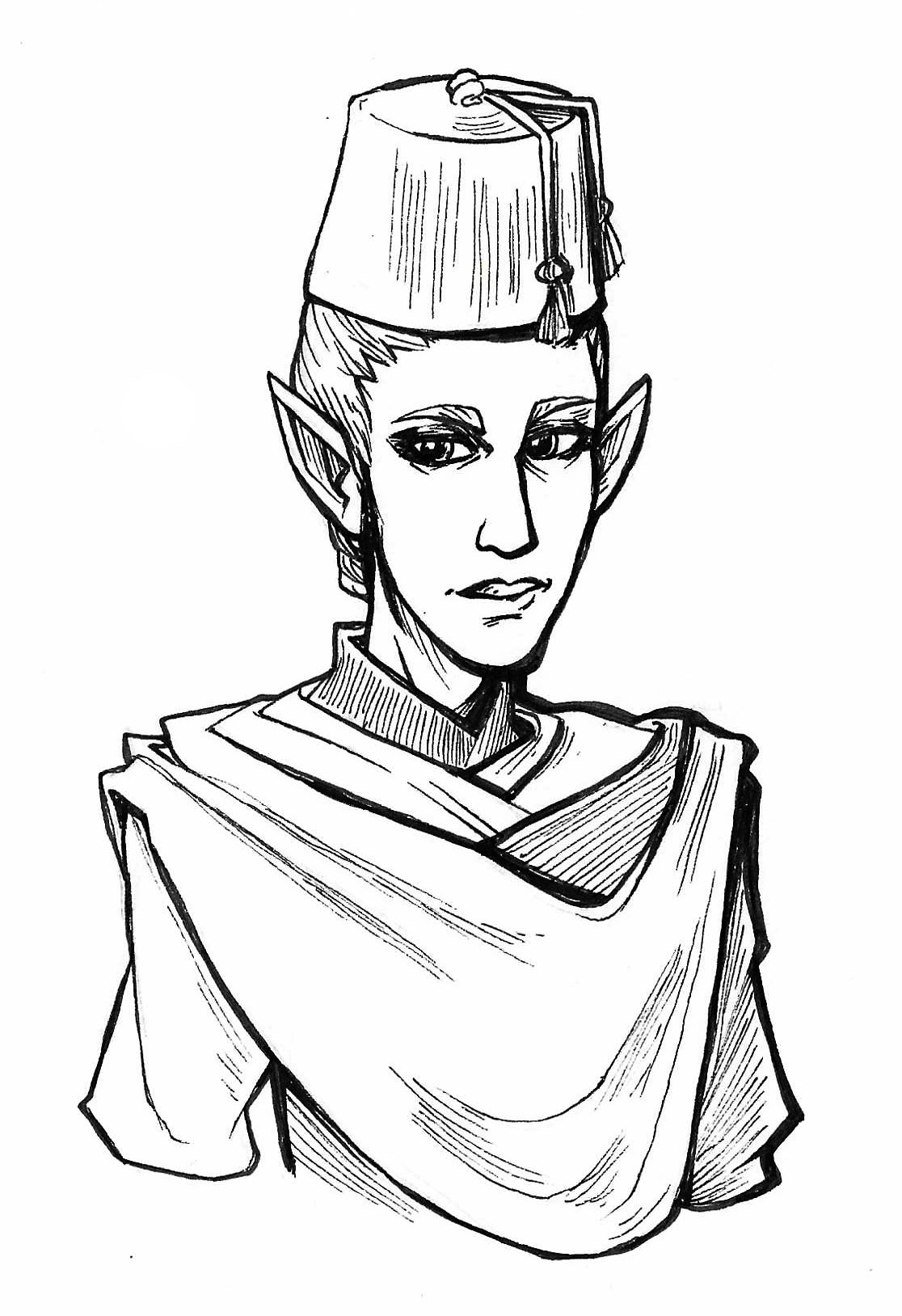
 asked me how much money I thought I could get for my mother. And I was like, ‘Thirty thousand gold pieces? How much could thirty thousand be, right?’”
asked me how much money I thought I could get for my mother. And I was like, ‘Thirty thousand gold pieces? How much could thirty thousand be, right?’”